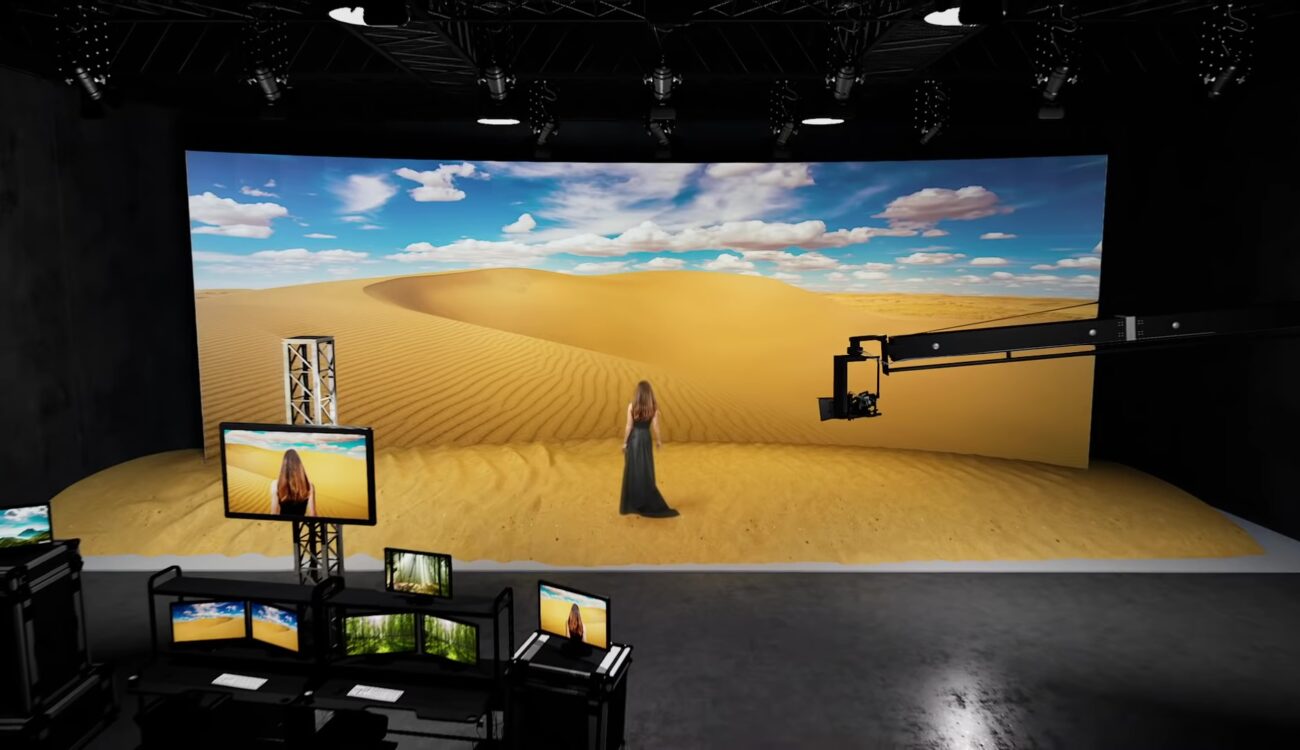Investigating the Longevity of Light Emitting Diode Wall Screens in Comparison to Traditional Screen Technologies
Investigating the Longevity of Light Emitting Diode Wall Screens in Comparison to Traditional Screen Technologies
Blog Article
Light-emitting diode wall screens have grown progressively popular in recent times, particularly in settings like schools, businesses, and public areas. These screens use LED lights (LEDs) to produce bright and vibrant visuals. One of the most notable benefits of LED innovation is its durability in contrast to traditional display methods, such as CRT tube monitors (CRTs) and liquid display displays. Understanding the distinctions in duration and functionality between these options can help consumers make knowledgeable decisions about their screen requirements.
Traditional screen technologies, like CRTs, have been present for numerous decades. They were commonly used in televisions and computer screens. However, CRTs have a shorter duration, typically lasting around 10,000 to 20,000 hours of operation. This means that after a couple of years, consumers may observe a decline in image clarity, such as dimming or hue deformation. In contrast, LED panel panels can last considerably longer, often exceeding 50,000 hours. This extended duration means that users can enjoy reliable performance without the need for regular replacements.
Another crucial aspect to take into account is energy efficiency. LED wall screens utilize less power than conventional screens, which not only helps the environment but also lowers electricity costs. For example, while a CRT screen may use around 100 watts of energy, an LED screen can use as few as 30 to 50 W. This difference in power usage contributes to the overall durability of LED technology, as reduced energy consumption generates less heat. Excess thermal energy can damage electronic components, leading to a reduced duration for traditional screens.
In addition to their extended duration and power conservation, LED wall panels also offer superior visual quality. They provide more vivid hues view website and better differentiation, making them ideal for multiple uses, from marketing to educational displays. The technology behind LED screens allows for a wider viewing perspective, meaning that visuals stay sharp and vibrant even when viewed from the flank. This is a significant advantage over traditional displays, which often experience from hue deformation and reduced brightness at wider perspectives.
In summary, the durability of LED panel panels in contrast to traditional display methods is a key aspect for consumers to consider. With lifespans that can exceed 50,000 hrs, energy conservation, and superior image clarity, LED innovation provides many advantages. As technology continues to advance, LED wall panels are probably to turn even more common in multiple settings. Understanding these distinctions can help individuals and organizations make improved decisions when investing in display technology, ensuring they receive the optimal worth for their requirements.